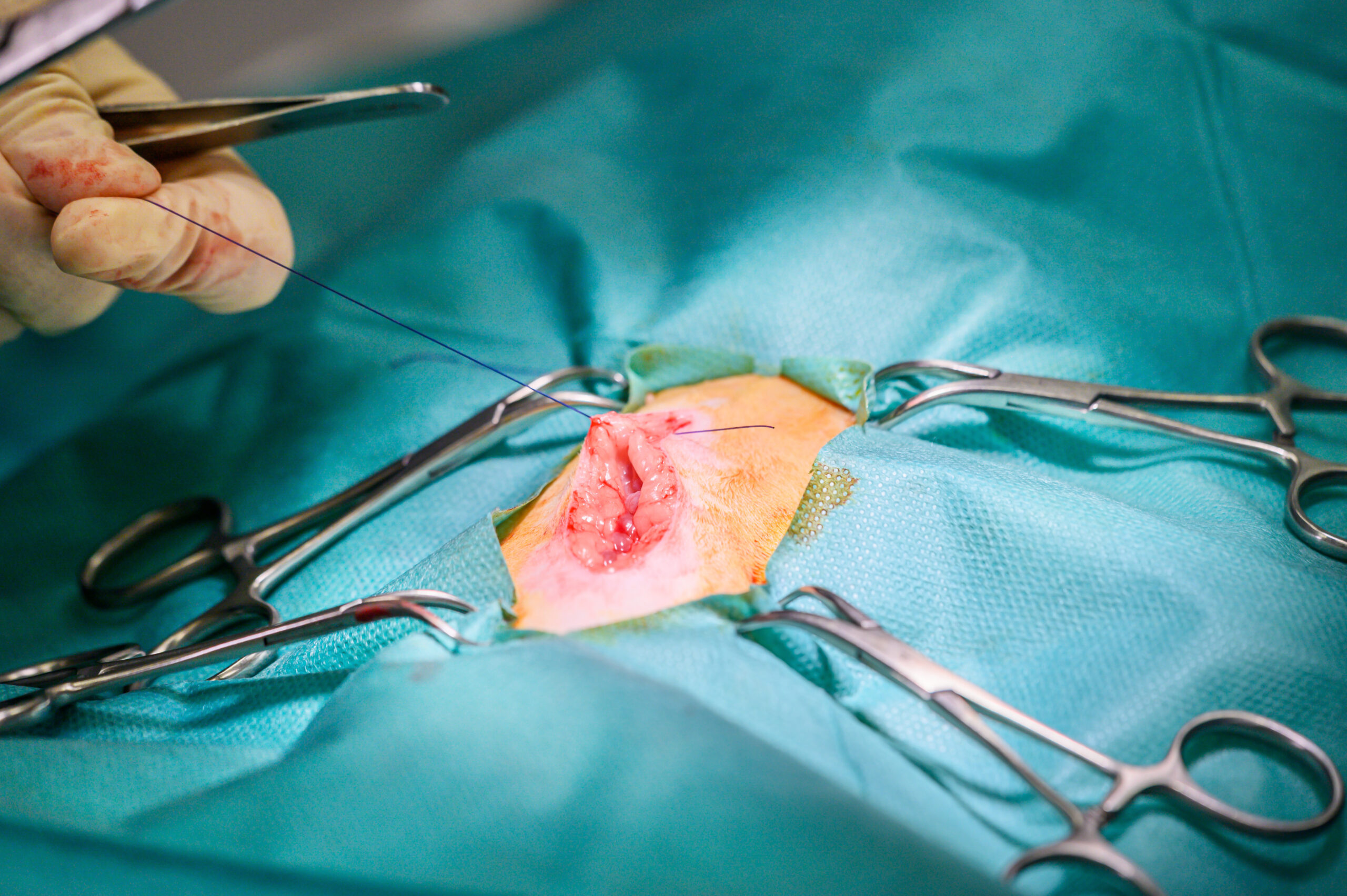Hysteroscopic surgery is a modern, minimally invasive technique used to diagnose and treat various uterine problems. Unlike traditional open surgeries, this procedure uses a thin, lighted tube called a hysteroscope to see inside the uterus without making large incisions.
It’s widely recommended by gynecologists for women experiencing abnormal bleeding, uterine fibroids, polyps, or fertility issues. Since it’s performed through the vagina and cervix, there’s no visible scarring, and recovery is usually much faster.
If you’re considering this procedure or your doctor has recommended it, understanding how it works, its benefits, and what to expect afterward can help you feel more confident and prepared.
What is Hysteroscopic Surgery?
Hysteroscopic surgery is a procedure that allows a doctor to examine the inside of your uterus using a hysteroscope—a thin, telescope-like instrument with a camera at the end. This device sends images to a monitor, allowing the surgeon to clearly see and treat any abnormalities.
It can be used for both diagnostic and operative purposes:
- Diagnostic hysteroscopy is used to look for abnormalities.
- Operative hysteroscopy is used to remove fibroids, polyps, or scar tissue, or to treat uterine septum.
Because it’s minimally invasive, patients typically experience less pain, fewer risks, and shorter recovery times compared to traditional methods.
Why is Hysteroscopic Surgery Done?
Doctors may recommend hysteroscopic surgery for several reasons, including:
- Abnormal uterine bleeding – Heavy or irregular periods can sometimes be caused by fibroids or polyps, which this procedure can remove.
- Fibroids or polyps – Benign growths in the uterus can be detected and removed.
- Uterine septum – A birth defect that can affect fertility.
- Scar tissue removal – Caused by conditions like Asherman’s syndrome.
- Infertility investigations – Helps identify structural problems inside the uterus.
In many cases, this surgery can be done as a day-care procedure, meaning you can go home the same day.
How is the Procedure Performed?
The surgery is generally performed under local, regional, or general anesthesia, depending on the complexity of the case.
Step-by-step process:
- Preparation – The cervix is gently dilated to allow the hysteroscope to pass through.
- Insertion – The hysteroscope is inserted through the vagina and cervix into the uterus.
- Examination – The uterus is filled with a fluid or gas to expand it, giving the surgeon a clear view.
- Treatment – If a problem is found, special instruments can be passed through the hysteroscope to treat it.
- Completion – The instruments are removed, and the patient is monitored before being discharged.
The entire procedure often takes less than an hour.
Recovery and Aftercare
One of the main benefits of hysteroscopic surgery is the quick recovery time. Most women can return to normal activities within a few days.
What to expect after surgery:
- Mild cramping or spotting for a few days.
- Avoid sexual activity, tampons, and douching for at least one week or as advised by your doctor.
- Follow your surgeon’s post-operative instructions carefully.
When to call your doctor:
Seek immediate medical attention if you experience heavy bleeding, fever, severe abdominal pain, or foul-smelling discharge.
Expert Care in Kochi
For women in Kerala seeking expert gynecological care, the best Gynec laparoscopy treatment at Lifeline Hospital, Kochi offers advanced hysteroscopic procedures with a focus on patient comfort, safety, and successful outcomes.
Their experienced specialists use state-of-the-art equipment and follow international standards, ensuring precise diagnosis and effective treatment for a wide range of uterine conditions.
Conclusion
Hysteroscopic surgery is a safe, minimally invasive solution for many uterine issues, offering faster recovery and better outcomes compared to traditional methods. By choosing an experienced medical team and following aftercare instructions, most women can enjoy improved health and quality of life after the procedure.
If you’re in Kochi and need reliable care, consider consulting the best Gynec laparoscopy treatment at Lifeline Hospital for expert evaluation and treatment.
FAQs
1. Is hysteroscopic surgery painful?
It’s usually done under anesthesia, so you won’t feel pain during the procedure. Mild cramps may occur afterward.
2. Can I get pregnant after hysteroscopic surgery?
Yes, in fact, the procedure can improve fertility if structural problems were preventing pregnancy.
3. How long will I be in the hospital?
Most patients can go home the same day.
4. Are there risks involved?
Risks are minimal but may include infection, bleeding, or reaction to anesthesia.
5. How soon can I return to work?
Most women can resume normal activities within a few days, depending on the procedure’s complexity.

